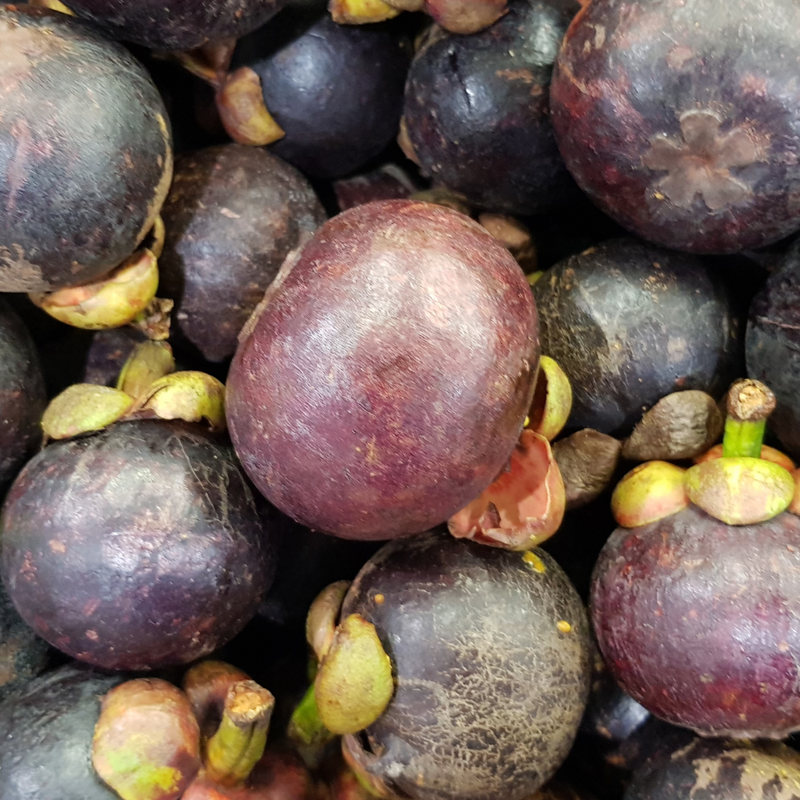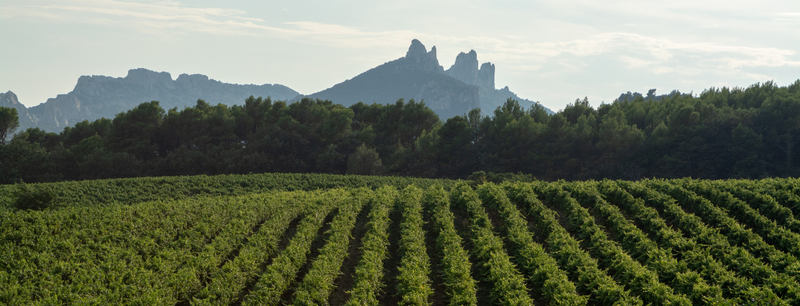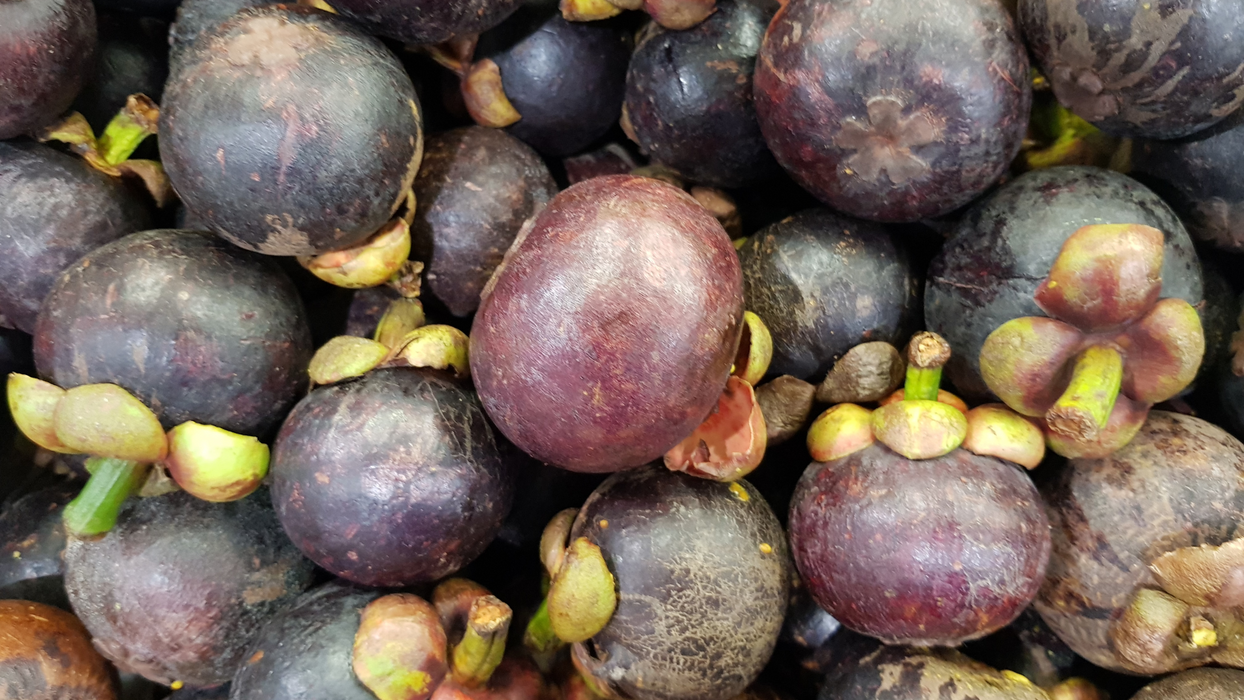
Vermentino: Sardinian Wine
Perhaps you were scrolling through the variety of Wine Insider’s whites or were out to an Italian dinner with close friends; either way, you were exposed to Vermentino wine and wanted to know more.
This stunning wine may leave you curious. It’s not a very popular white wine, but that’s most likely because not very many have had the opportunity to enjoy a glass of it. Vermentino is one of the lesser-known white wine varietals that you may find your new favorite.
Vermentino’s Origins
Vermentino is a light-skinned wine grape that’s grown in Sardinia, Italy. The story of Vermentino’s arrival in Sardinia is not entirely clear.
The Vermentino grape has clear connections with the northwest of Italy, but it is also widely known in the southeast of France (in Provence and the Languedoc), where it’s more commonly known as Rolle. The elusive grape is also a key variety on the island of Corsica, which is immediately north of Sardinia.
Given Sardinia’s proximity to its neighbors, the arrival of Vermentino in Sardinia could be traced just as easily to southern France as northern Italy. It has also been suggested that Vermentino is of Spanish origin, even though it’s barely known in Spain today.
Although Vermentino’s origins are unclear, Vermentino di Sardegna is a wine DOC on the Italian island of Sardinia. Vermentino di Sardegna is a regional DOC covering Sardinia in its entirety, spanning the whole island.
Vermentino’s Qualities
When it comes to flavor, Vermentino is comparable to white wines that you’re most likely more familiar with - like Sauvignon Blanc and Pinot Grigio. Vermentino is often bright, hinting at green apples and white flowers and acidic with notes of citrus fruits like grapefruit and lime. Although refreshing, Vermentino is also often bitter, carrying notes of almonds.
Depending on the winemaker, Vermentino wines can have a different mouthfeel. Vermentino wine is often soft and dry, but in other cases, it may go through malolactic fermentation. Malolactic fermentation changes the mouthfeel of the wine slightly to be more bold and buttery, resembling a Chardonnay.
Vermentino is overall a light-bodied dry white wine that can carry great complexity.
Vermentino Food Pairings
Vermentino can be paired with any dish that’s typically served with other white wines, but if you’d like to make a more precise selection, there are plenty of options.
Artichokes: Artichokes are tricky to pair wine with, but Vermentino does the trick quite nicely. Artichokes have a reputation for making dry wines sweet, but Vermentino’s bitter taste makes artichokes' effects negligible.
Pesto sauce: A glass of Vermentino goes well with dishes that have heavy flavors of herbs. Dry herbs and citrus work well together, making Vermentino and pesto excellent. Pesto is an Italian sauce made with basil, garlic, pine nuts, and hard cheeses. Not only is it promising to pair wine and foods that share an origin, but pesto’s herby, nutty, and creamy qualities match Vermentino’s.
Grilled seafood: Most white wines pair very well with fish and other seafood, and Vermentino is no exception. Grilled squid, prawns, and shrimp complement Vermentino’s citrus flavors and buttery mouthfeel. Many classic Italian and Mediterranean dishes boast the fresh and flavorful seafood that flourishes along the coast. Feel like a native to Sardinia as you dine on prawn linguine and sip on a refreshing glass of Vermentino.
Fresh and soft cheeses: Serving a cheese board with your Sardinian bottle? Stick to fresh and soft cheeses like ricotta, mozzarella, and feta. Vermentino is a bold wine on its own and should stay away from pungent cheeses that can battle for their own place on your palate.
Sardinian Wines: A Class of Their Own
Vermentino certainly isn’t the only wine that’s traced back to Sardinia. If the bold and unique qualities of Vermentino have piqued your interest, there are a few other Sardinian wines that you may enjoy just as much.
Cannonau di Sardegna: You may know this bold and spicy red as French Grenache or Spanish Garnacha.
Carignano: This juicy and dry wine is most likely of Spanish origin but arrived in Sardinia during the 14th century. In Spain, it is known as Carinena, in France, Carignan.
Monica: Monica is a grape variety found exclusively on the island of Sardinia. Monica wine often carries unique aromas of red flowers.
Enjoy any of the above varietals if your meal calls for a Sardinian red wine rather than a white one. Italian wines share similar characteristics, but Sardinian wines offer a truly distinctive experience.
Distinctive flavors come from Sardinian soils, so if you ever see a bottle of wine from the island, give it a try. Remember, if you’re serving artichokes, nothing will compliment them as well as a bitter and creamy Sardinian Vermentino.





